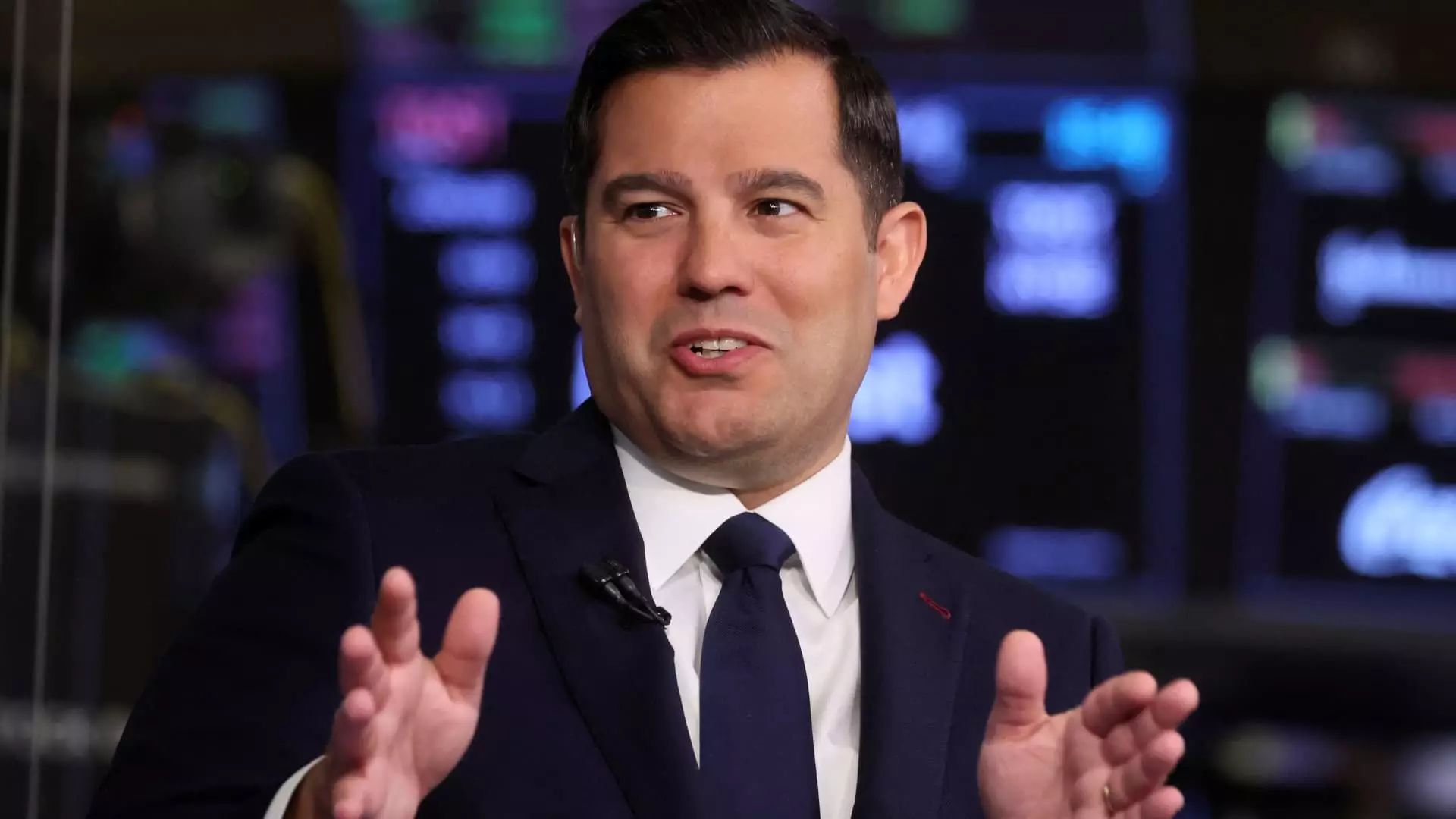Webull’s recent debut and astonishing rise of nearly 375% hardly went unnoticed in the investment community. After merging with SK Growth Opportunities Corp., a SPAC, the stock-trading app’s market cap skyrocketed to nearly $30 billion. Such explosive growth invites a closer examination of not only Webull but the broader market dynamics at play. It raises a critical question: is this meteoric rise a sign of genuine investor confidence or a symptom of speculative fervor reminiscent of past market bubbles?
The Competitive Landscape
Webull isn’t the only player in the increasingly crowded arena of trading apps; it faces stiff competition from established players such as Robinhood, Charles Schwab, and E-Trade. Each of these platforms has carved out distinct niches; Robinhood, famously known for its commission-free trades, drew an audience eager to dabble in stocks without the barriers traditionally imposed by brokers. In contrast, Webull offers advanced trading tools and a more robust UI, catering to a demographic that prides itself on educational resources and analytics. While Webull claims to have over 23 million registered users active across 15 markets, this rapid growth raises alarms about sustainability in an industry where customer loyalty can be as fickle as the market itself.
A User Base to Envy?
Interviews with company executives reveal a notion that Webull’s users are “much more intellectual” than those of Robinhood, suggesting a belief that their platform attracts seasoned traders who are less influenced by the frenzy that characterized retail trading during the pandemic. This perspective can be dangerously hubristic; the rise in trading activity spurred by accessibility does not imply an increase in market acumen. As we reflect on the last few years, it’s pivotal to remember that surging volumes do not equate to profound understanding and responsible investing.
The Darker Underbelly of SPAC Debuts
The rise of SPACs presents another compelling conundrum. While they were once heralded as a revolutionary mechanism to bring companies to public markets, the reality has been bleaker. With Webull’s meteoric rise, we must also remember that the enthusiasm surrounding SPACs peaked glaringly in 2021, only to plunge into uncertainty made worse by economic fluctuations like inflation and interest rate hikes. The current climate, where only 23 SPAC IPOs have been launched this year compared to 613 a mere two years prior, indicates a market that could be teetering on the edge of another correction.
Look at the Bigger Picture
Questions linger regarding corporate transparency, especially following inquiries from a U.S. House committee about Webull’s connections to China. In an increasingly polarized political environment, such ties can sow distrust among potential investors. While some may celebrate this rapid growth as a sign of Webull’s promise, the growing doubts surrounding regulatory frameworks and geopolitical risks highlight the precariousness of the situation.
In a culture where investment success is often conflated with personal worth, it is critical that we exercise discernment rather than succumb to the seductive allure of “quick gains.” With economic volatility on the horizon, the savvy investor is one who can discern folly from genuine value—not one who rushes into the fray with dreams of endless wealth.

